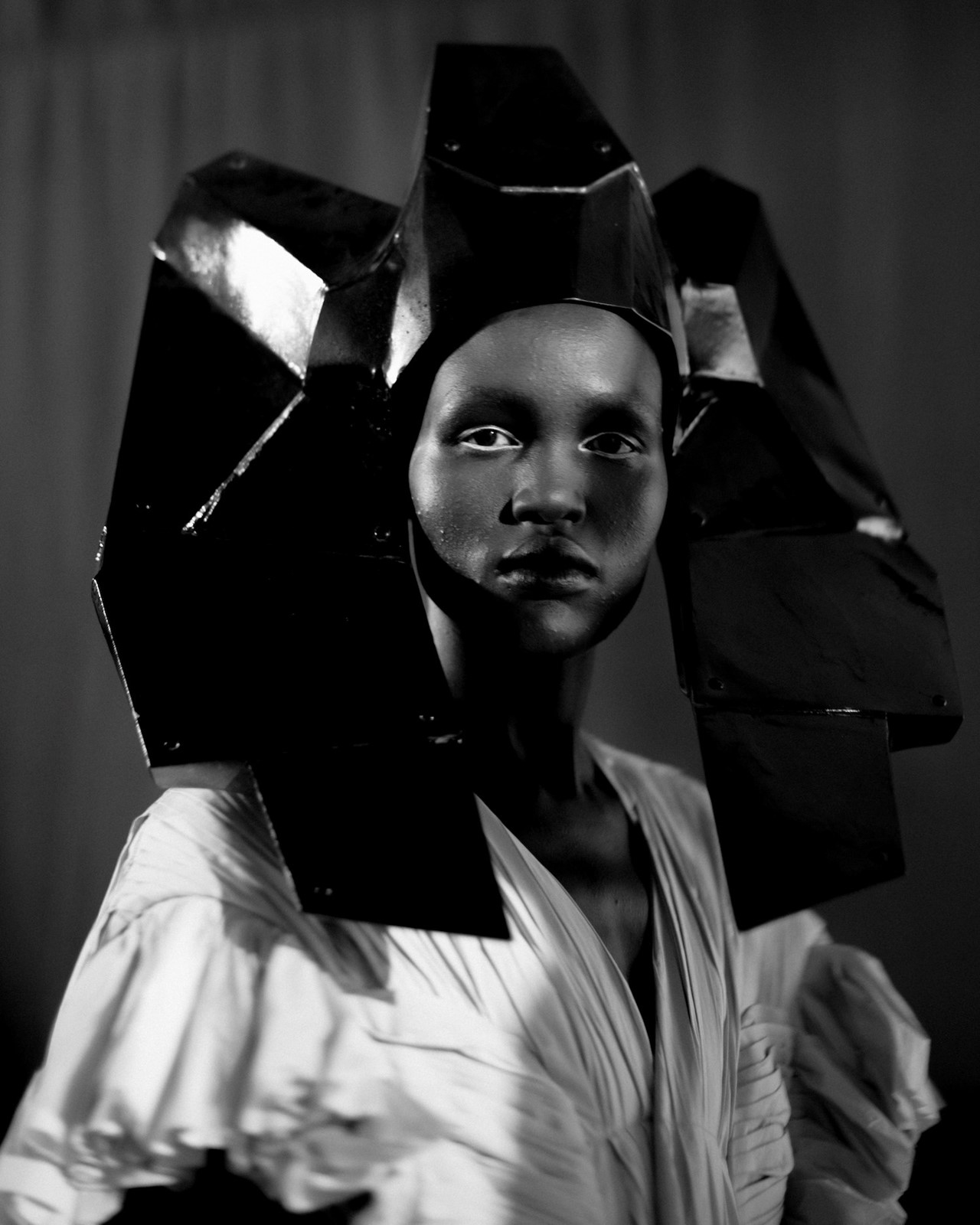Paul Phung captures Rick Owens’ S/S20 collection, which drew on the designer’s Mexican heritage
“I’ve shown guys with their dicks out, women carrying each other on their backs, steppers, stompers... I kind of live in a bubble, but everyone has to be aware of what’s around them,” Rick Owens told Tim Blanks in the most recent issue of AnOther. “I feel like I’m trying to put in my little note, to try to balance things out because every little voice helps...”
Yesterday in Paris, the designer – known for a steadfastly personal world in which he lives and works – looked outwards into the world. He, like the rest of us, is not immune to current socio-political turbulence, particularly that which concerns his homeland of the United States. He grew up in Porterville, California; his father American, his mother Mexican. It was in the latter’s heritage that the collection found root, taking its name – TECUATL – from his maternal grandmother’s Mixtec maiden name (Mixtec refers to the ancient indigenous peoples who populate southern Mexico). “I never really explored my Mexican-ness, but the debate over a border wall made me more conscious of who I would be separated from,” he said yesterday.
So, in a show held among the monolithic Brutalist exterior of the Palais de Tokyo – itself not entirely un-wall-like – the country of Mexico was arrived at via typically idiosyncratic routes. A techno-mix of María Félix’s voice (“the Dietrich of Mexican cinema”) provided the soundtrack; Josef and Anni Albers’ exploration of Mexican archeological sites post-Bauhaus inspired the modernist, hieroglyph-esque motifs on dresses and bomber jackets. Colours were informed by Mexican architect Luis Barragán – bright saturated pinks, yellows and reds – meeting vivid splashes of sequins, like the poblana skirts his mother wore to church growing up in Mexico. “Stoic Bauhaus Aztec priestesses,” Owens surmised of this season’s woman (accordingly, models wore “metallic alien Aztec crowns”, pharoah-like geometric constructions by mask-makers Wintercroft).
It meant a grand, generous silhouette: there were vast princely overcoats, exaggerated shoulders which rose from cut-out bandage dresses and sculptural folds of fabric that seemed to explode outwards from the waistline. Those fabrics were rich: cotton canvases, coated with what Owens called “beetle-wing iridescence”, silk crepe, duchesse cotton, swathes of sequins. Amid this, a series of pannier-skirted plissé ballgowns – as close to a Disney princess as Owens might ever get.
Which might not have actually been so far from Owens’ intentions. Of the hundreds of bubbles which floated from the runway and up into the sky, he likened them to the 1941 animated Disney film Fantasia, conjuring “a bucolic lightheartedness I associate with the Mexico I used to know”. He might not be the first designer you might associate with fairytale fashion, but in Owens’ hands, the dizzy power of hope took on majestic new forms.
